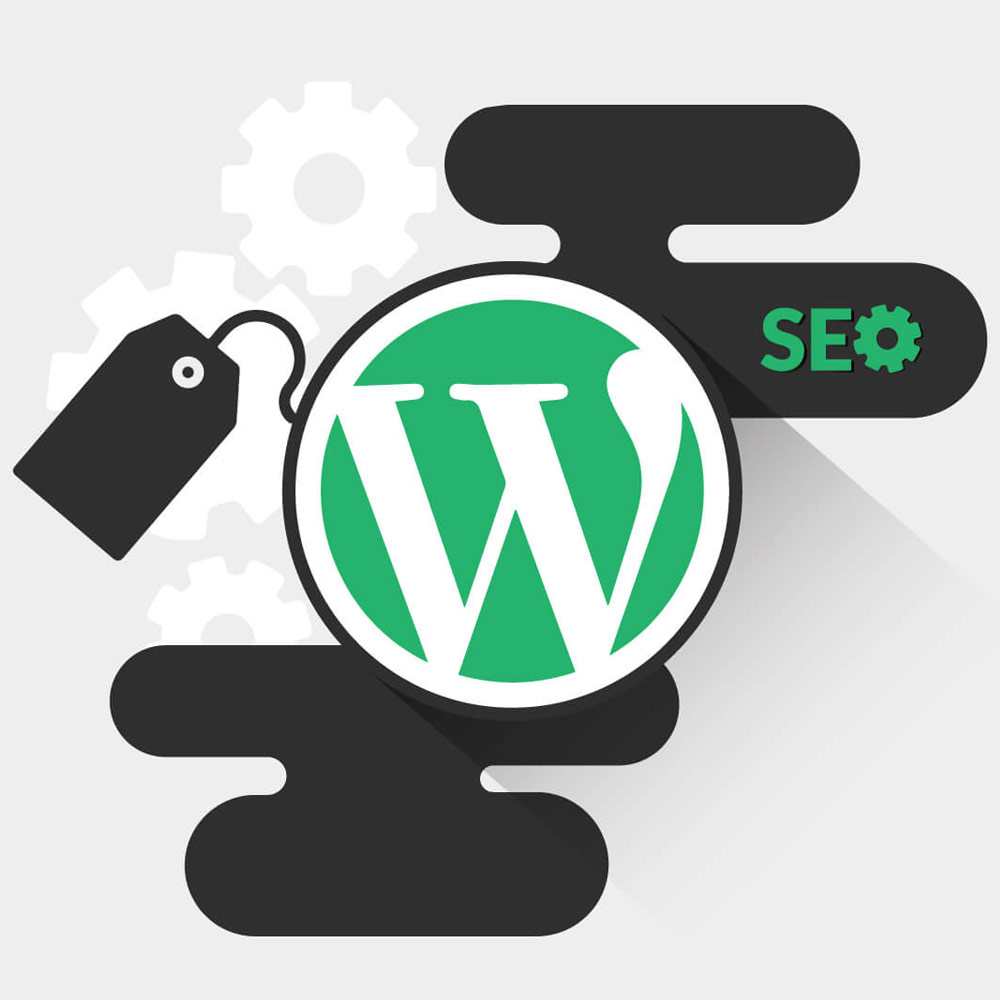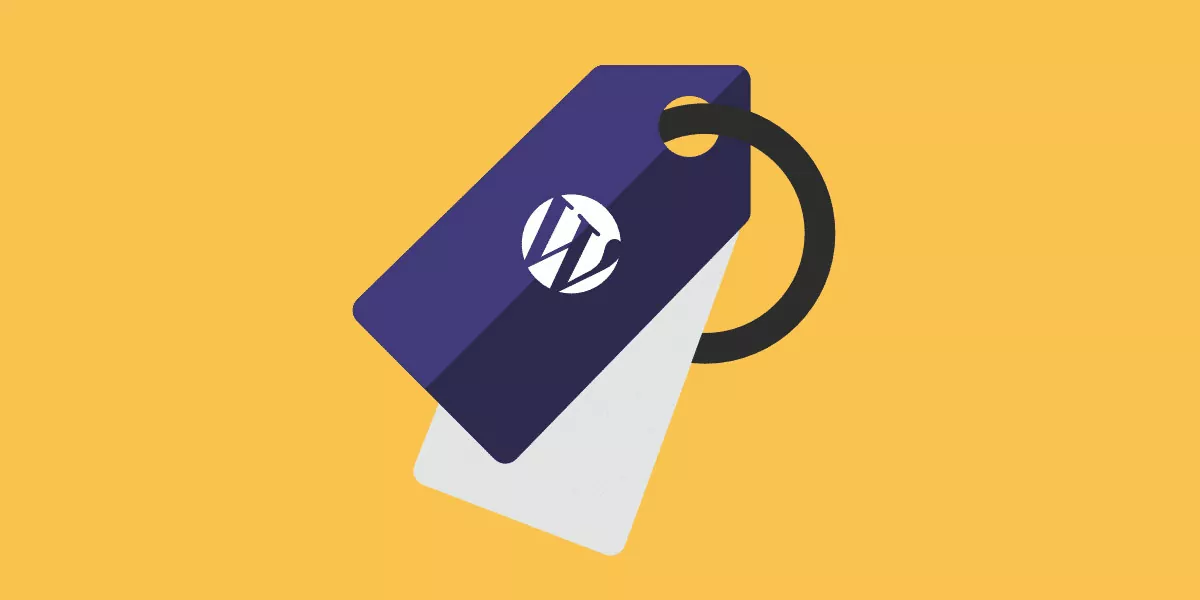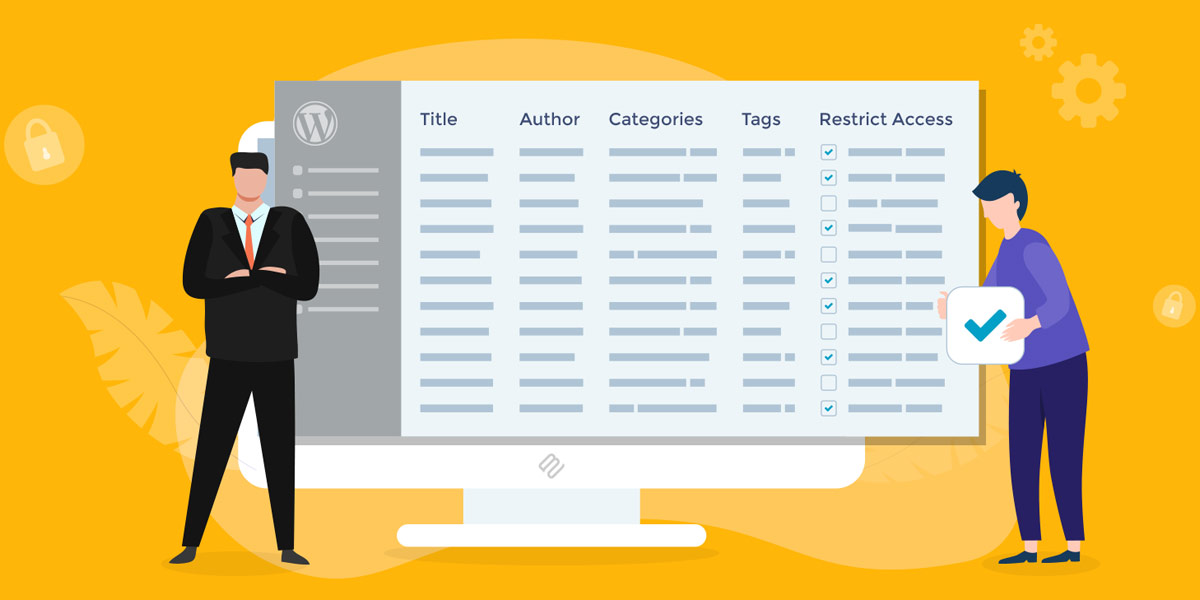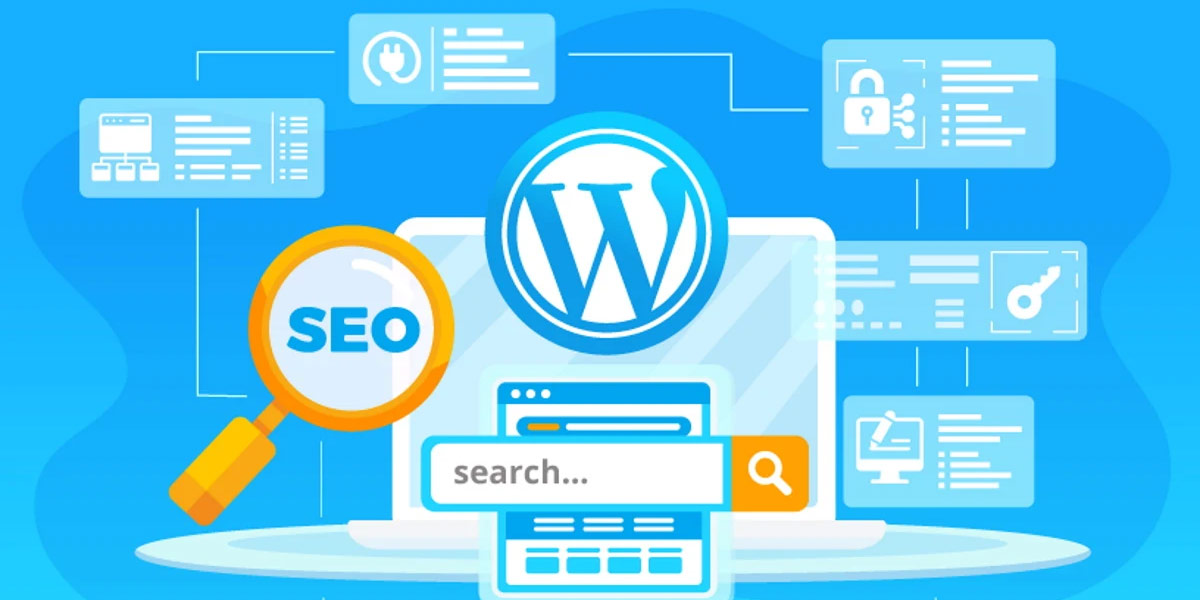
What Are Tags on WordPress?
WordPress, the popular content management system, offers a range of features to help website owners organize and categorize their content effectively. One such feature is tags. In this article, we will explore what tags are, their importance in organizing content, and how they can be utilized to enhance the user experience and improve search engine optimization (SEO) on WordPress-powered websites.

What Are Tags on WordPress: A Comprehensive Guide
WordPress Tags
Tags, in the context of WordPress, are keywords or labels assigned to individual posts or articles. They provide a way to classify and organize content based on specific topics or themes. Unlike categories, which represent broader topics, tags offer a more granular approach to categorization, allowing for precise grouping of related content.
How Tags Differ from Categories
While both tags and categories serve the purpose of content classification, they have distinct differences. Categories represent the broader topics or sections of a website, acting as a primary organizational structure. On the other hand, tags offer a more detailed level of classification, focusing on specific aspects or attributes within the content.
Creating and Editing Tags in WordPress
WordPress provides a simple and intuitive interface for creating and editing tags. When creating a new post, you can assign relevant tags by entering them into the designated field. Existing tags can also be managed through the WordPress dashboard, allowing for easy modification or deletion when necessary.
Default WordPress Tags
WordPress has a set of default tags that can be used as a starting point for organizing content. These tags, such as “Uncategorized” or “Featured,” provide a basic framework but can be customized to suit the specific needs of your website.

WordPress Tags
How to Use WordPress Tags
Utilizing tags effectively can greatly enhance the user experience on your WordPress website. By implementing tags, you can group posts that share similar details or themes, making it easier for visitors to discover related content.
Grouping Posts Based on Similar Details
One of the primary functions of tags is to group posts based on commonalities. For example, if you run a food blog, you can assign tags like “dessert,” “vegan,” or “gluten-free” to posts that fall under those categories. This allows users to navigate through your website more efficiently and find the content that interests them.
Enhancing User Experience and SEO
Well-implemented tags not only improve user experience but also contribute to better SEO rankings. When users can find relevant content through tags, they are more likely to spend time exploring your website. This increased engagement can lead to lower bounce rates and higher user satisfaction, signalling search engines that your website provides valuable information.
Best Practices for Using Tags in WordPress
To make the most of WordPress tags, it is essential to follow some best practices:
- Relevance: Assign tags that are relevant to the content of your posts. This ensures that visitors find accurate and meaningful information when exploring your website.
- Consistency: Maintain consistency in tag usage across your website. This helps establish a logical and organized structure, making it easier for users to navigate and locate content.
- Avoid Overuse: Use tags judiciously and avoid excessive tagging. Focus on quality rather than quantity, as too many tags can dilute the effectiveness of your classification system.
- Monitor and Update: Regularly review your tags and update them as needed. As your website grows and content evolves, new tags may become necessary or existing ones may need refinement.

What Are Tags on WordPress: How to Use
Categories vs. Tags in WordPress
Understanding the differences between categories and tags is crucial for the effective content organization on WordPress. Let’s delve deeper into the nuances and considerations associated with both categories and tags.
Adding Categories and Tags in WordPress
WordPress provides a straightforward interface for adding categories and tags. While creating or editing a post, you can assign it to relevant categories and select appropriate tags from the available options.
Number of Categories and Tags
The number of categories and tags you should have depends on the nature and size of your website. While there are no hard and fast rules, it is advisable to maintain a reasonable number to ensure an organized structure. A few well-defined categories and specific tags can go a long way in improving usability.
Using Categories and Tags in Post URLs
Categories and tags can also play a role in structuring post URLs. By incorporating them into the URL structure, you can create a hierarchical path that reflects the content’s organization. This can be beneficial for SEO purposes, as search engines can gain additional context about your content.
Assigning Multiple Categories to a Post
WordPress allows you to assign multiple categories to a single post. This flexibility enables you to classify your content under different sections, providing visitors with alternative paths to discover related posts.
Limitations on the Number of Tags
While there is no hard limit on the number of tags you can assign to a post, it is generally recommended to keep the number reasonable. Including too many tags can make your content appear unfocused or spammy. Aim for a few relevant and descriptive tags that accurately represent the content.

What Are Tags on WordPress: Categories vs. Tags in WordPress
Optimizing Tags for SEO
Tags can play a significant role in improving SEO rankings for your WordPress website. By optimizing tags, you can enhance your website’s visibility and increase organic traffic. Consider the following practices to optimize tags for SEO:
Improving SEO Rankings with Tags
Tags can contribute to SEO rankings by providing additional context to search engines. When properly optimized, tags can help search engines understand the content of your website, leading to better visibility in relevant search results.
Best Practices for Optimizing Tags
To optimize tags effectively for SEO, keep the following tips in mind:
- Keyword Research: Conduct keyword research to identify relevant keywords and incorporate them naturally into your tags.
- Tag Descriptions: Craft concise and informative descriptions for your tags. These descriptions can appear in search engine results and help users understand the content associated with the tag.
- Meta Tags: Utilize meta tags, such as meta titles and meta descriptions, to further optimize the visibility of your tags in search results.
Controlling Tag Appearance in Search Results
While you cannot directly control how tags appear in search results, you can influence their appearance indirectly. By following SEO best practices and optimizing your tags, you increase the chances of search engines displaying your tags prominently, potentially attracting more visitors to your website.

What Are Tags on WordPress: Optimizing Tags for SEO
Conclusion
WordPress tags offer a valuable tool for organizing and classifying content on your website. By implementing tags effectively, you can enhance user experience, improve SEO rankings, and make it easier for visitors to discover relevant content. Remember to follow best practices, such as using tags judiciously, maintaining consistency, and optimizing tags for SEO. With careful attention to tags, you can create a well-organized and user-friendly website that stands out in the online landscape.
Frequently Asked Questions
What are WordPress tags?
WordPress tags are keywords or descriptive labels that you can assign to your posts. They provide additional metadata to categorize and organize content based on specific topics or themes.
How do WordPress tags work?
WordPress tags work by associating relevant keywords or phrases with your posts. When visitors click on a specific tag, they are presented with a list of posts that share the same tag, allowing them to explore related content easily.
What is the difference between WordPress categories and tags?
WordPress categories represent broader topics or sections, while tags offer more specific labels for content. Categories are hierarchical and often used for primary classification, while tags are non-hierarchical and provide more flexibility in organizing posts.
How do I add tags to my WordPress posts?
Adding tags to your WordPress posts is simple. While creating or editing a post, you can find the “Tags” section on the right-hand side. Enter relevant keywords or phrases separated by commas to assign tags to the post.
How many tags should I use per post?
The number of tags you should use per post may vary, but it is generally recommended to use a moderate number of relevant tags. Aim for around 3-10 tags per post to maintain focus and avoid excessive keyword usage.
Can I edit or delete tags in WordPress?
Yes, WordPress allows you to easily edit or delete tags. You can manage your tags through the WordPress dashboard by accessing the “Posts” or “Tags” section, enabling you to make modifications to your tags as needed.
How do WordPress tags affect SEO?
WordPress tags can positively impact SEO by providing additional context and keyword associations to your content. When used effectively, tags can improve the discoverability of your posts in search engines, potentially increasing organic traffic to your site.
Should I use tags on my WordPress site?
Using tags on your WordPress site can be beneficial, especially for organizing and categorizing your content. Tags enhance the user experience by allowing visitors to explore related posts easily. Additionally, they can contribute to SEO efforts when optimized with relevant keywords.
How do I display tags on my WordPress site?
WordPress themes typically include options to display tags within your posts or as part of post metadata. You can also use plugins specifically designed for tag display customization to showcase tags in various areas of your website, such as sidebars or tag clouds.
How do I use tags effectively on my WordPress site?
To use tags effectively, consider using descriptive and relevant keywords that accurately represent the content of your posts. Avoid excessive tag usage and ensure consistency in your tagging approach. Regularly review and update your tags to maintain a well-organized and navigable website.

With over two decades of web design and development expertise, I craft bespoke WordPress solutions at FallingBrick, delivering visually striking, high-performing websites optimised for user experience and SEO.




